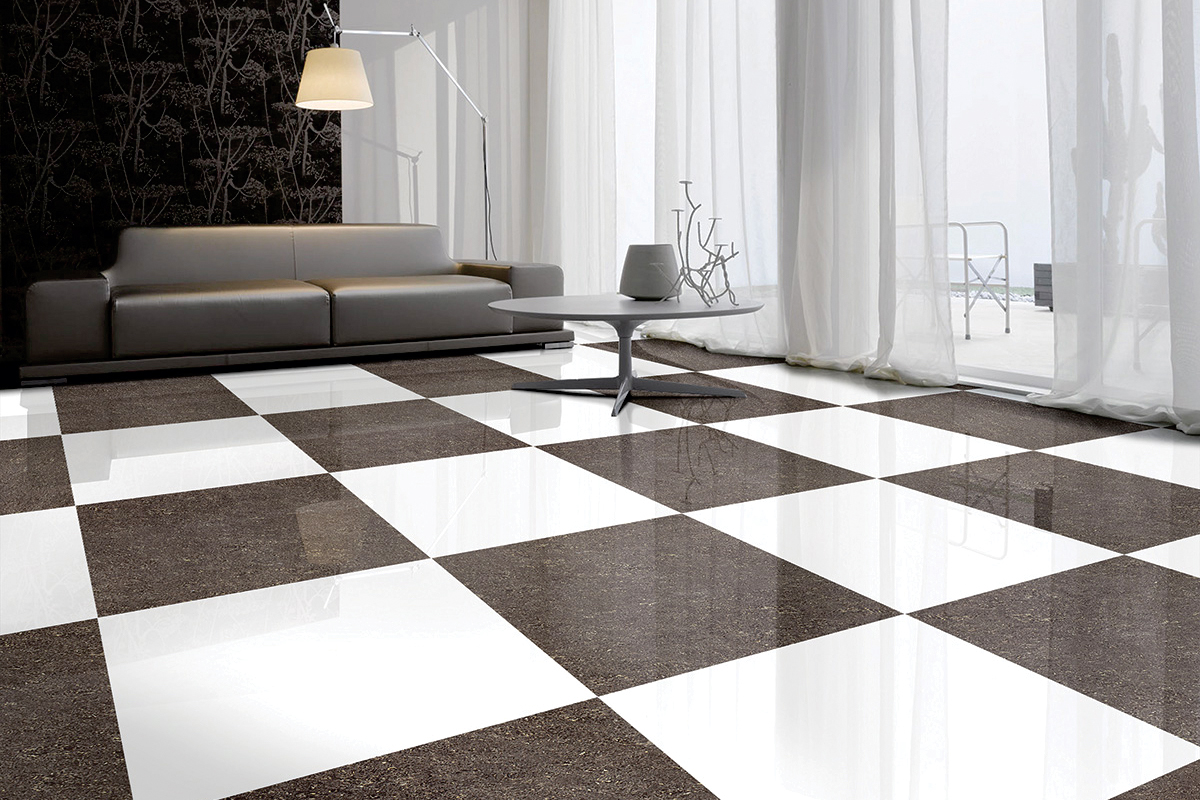Tiles are a versatile and timeless way to add beauty, durability, and functionality to your home interior. From classic kitchens to modern bathrooms, tiles can elevate any space. But with a vast array of options available, choosing the right type of tile can feel overwhelming. This guide explores the most common types of tiles used in homes, their unique properties, and where they shine brightest in your interior design.
Ceramic Tiles: The Enduring All-rounder
According to Tech Tiles, ceramic tiles are a popular and cost-effective choice for many homeowners. Made from fired clay, they offer a good balance of durability, water resistance, and ease of maintenance. Ceramic tiles come in a wide variety of colors, patterns, and finishes, making them suitable for almost any design aesthetic. They can mimic the look of more expensive materials like stone or wood, offering a budget-friendly alternative.
– Ideal uses: Ceramic tiles are perfect for high-traffic areas like kitchens, bathrooms, hallways, and laundry rooms. Glazed ceramic tiles are particularly well-suited for walls and backsplashes due to their water resistance and easy cleaning.
– Things to consider: While generally durable, ceramic tiles can chip or crack if subjected to heavy impact. Unglazed ceramic tiles are more porous and require sealing for use in wet areas.
Porcelain Tiles: The Strength and Style Leader
Porcelain tiles are a step up from ceramic tiles in terms of strength and water resistance. Fired at even higher temperatures, porcelain boasts a denser, less porous body, making it ideal for high-moisture environments and even outdoor applications. Similar to ceramic tiles, porcelain comes in a vast array of styles and finishes, including realistic wood-look and stone-look options.
– Ideal uses: Porcelain tiles excel in kitchens, bathrooms, laundry rooms, and entryways. Their exceptional durability makes them a great choice for high-traffic areas and even floors with radiant heat.
– Things to consider: Porcelain tiles can be slightly more expensive than ceramic tiles. Due to their density, they can also be more challenging to cut, requiring specialized tools.
Natural Stone Tiles: A Touch of Luxury
Natural stone tiles bring a touch of timeless elegance and sophistication to any space. From the classic veining of marble to the earthy tones of travertine, natural stone offers unmatched beauty and a unique character. However, natural stone requires more care and maintenance compared to ceramic or porcelain tiles. It’s susceptible to staining and etching from acidic substances and may need to be sealed periodically.
– Ideal uses: Natural stone tiles are often used for countertops, patios, backsplashes, shower surrounds, and bathroom floors. They can also add a luxurious touch to entryways and living areas.
– Things to consider: Natural stone tiles are the most expensive option on this list. They require special cleaning products and can be slippery when wet. Some types of natural stone, like marble, are more prone to etching and staining.
Glass Tiles: A Luminous Splash of Color
Glass tiles add a touch of light, vibrancy, and visual interest to interior spaces. Available in a wide range of colors, finishes, and textures, glass tiles can create a stunning backsplash or a unique accent wall. They can also be used to create mosaic patterns for a truly custom look.
– Ideal uses: Glass tiles are perfect for backsplashes, shower walls, and bathroom niches. Due to their smooth surface, they’re not ideal for high-traffic floors.
– Things to consider: Glass tiles can chip or crack if subjected to heavy impact. They may also show water spots more readily than other tile materials.
Beyond the Basics: Exploring Other Tile Options
While ceramic, porcelain, natural stone, and glass are the most common types of tiles, there are other interesting options to consider for your project.
– Metal Tiles: These tiles add a touch of industrial chic and can be used for backsplashes, accent walls, or even ceilings.
– Mosaic Tiles: Small pieces of tile arranged in a pattern, mosaics offer endless design possibilities for floors, walls, and countertops.
– Cement Tiles: Encaustic cement tiles offer a rustic charm with their vibrant colours and patterned designs. They’re perfect for kitchens, bathrooms, and entryways.
Choosing the Right Tile for Your Needs
The best type of tile for your home will depend on several factors, including the intended use, desired aesthetic, budget, and lifestyle. Consider the following:
– Functionality: Think about where the tile will be installed and the amount of wear and tear it will experience.
– Style: Choose a tile that complements your overall design scheme and personal taste.
– Maintenance: Consider how much time and effort you’re willing to invest in cleaning and upkeep.
– Cost: Set a realistic budget and compare the costs of different tile materials, including installation.
Conclusion
Tiles offer a world of design possibilities for your home interior. By understanding the different types of tiles available, their properties, and your specific needs, you can make informed choices that enhance the beauty, functionality, and value of your living space.

